| 结构式 | 名称/CAS号 | 全部文献 |
|---|---|---|
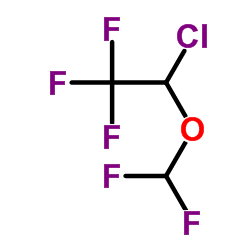 |
异氟醚
CAS:26675-46-7 |
|
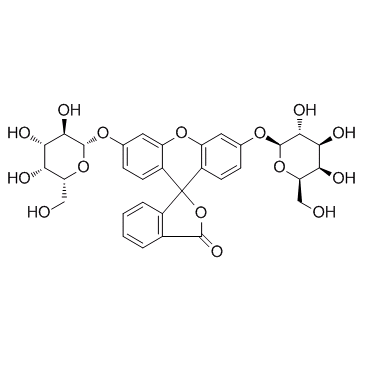 |
荧光素二(β-D-吡喃半乳糖苷)
CAS:17817-20-8 |
|
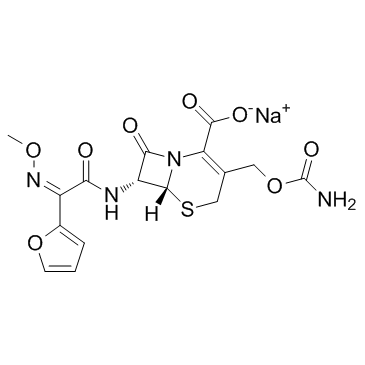 |
头孢呋辛钠
CAS:56238-63-2 |
|
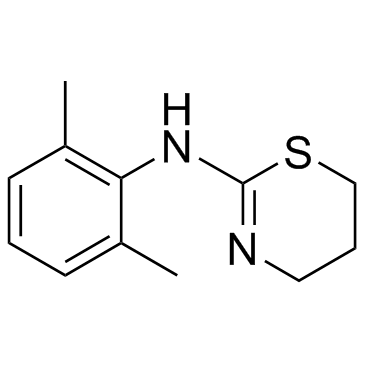 |
赛拉嗪
CAS:7361-61-7 |
|
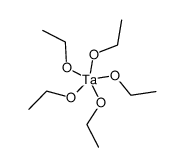 |
乙醇钽(V)
CAS:6074-84-6 |